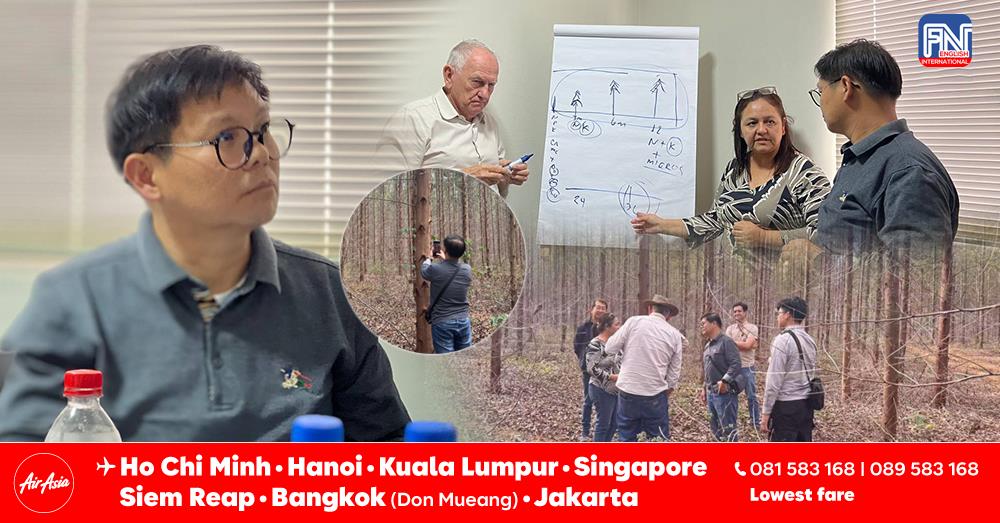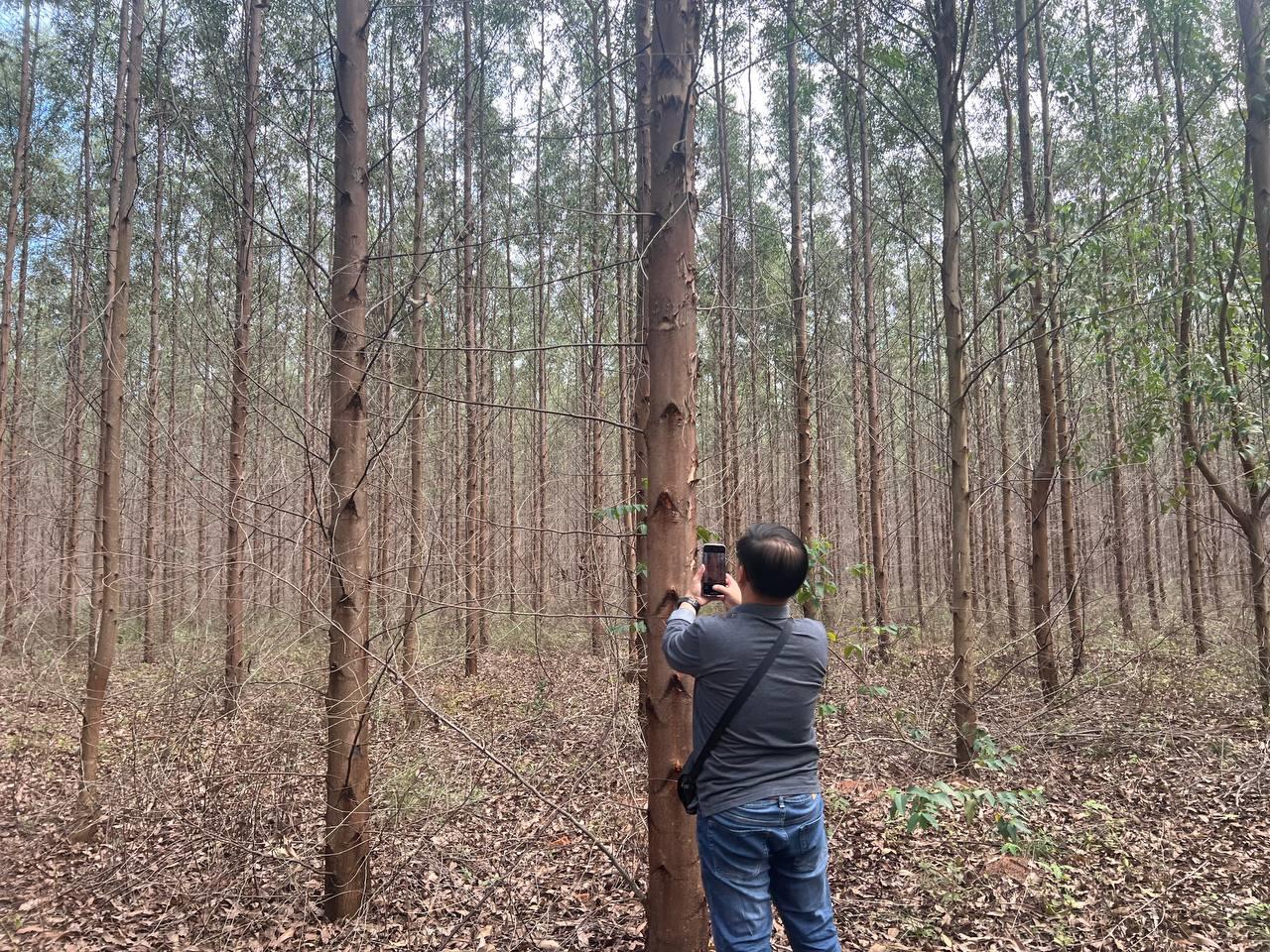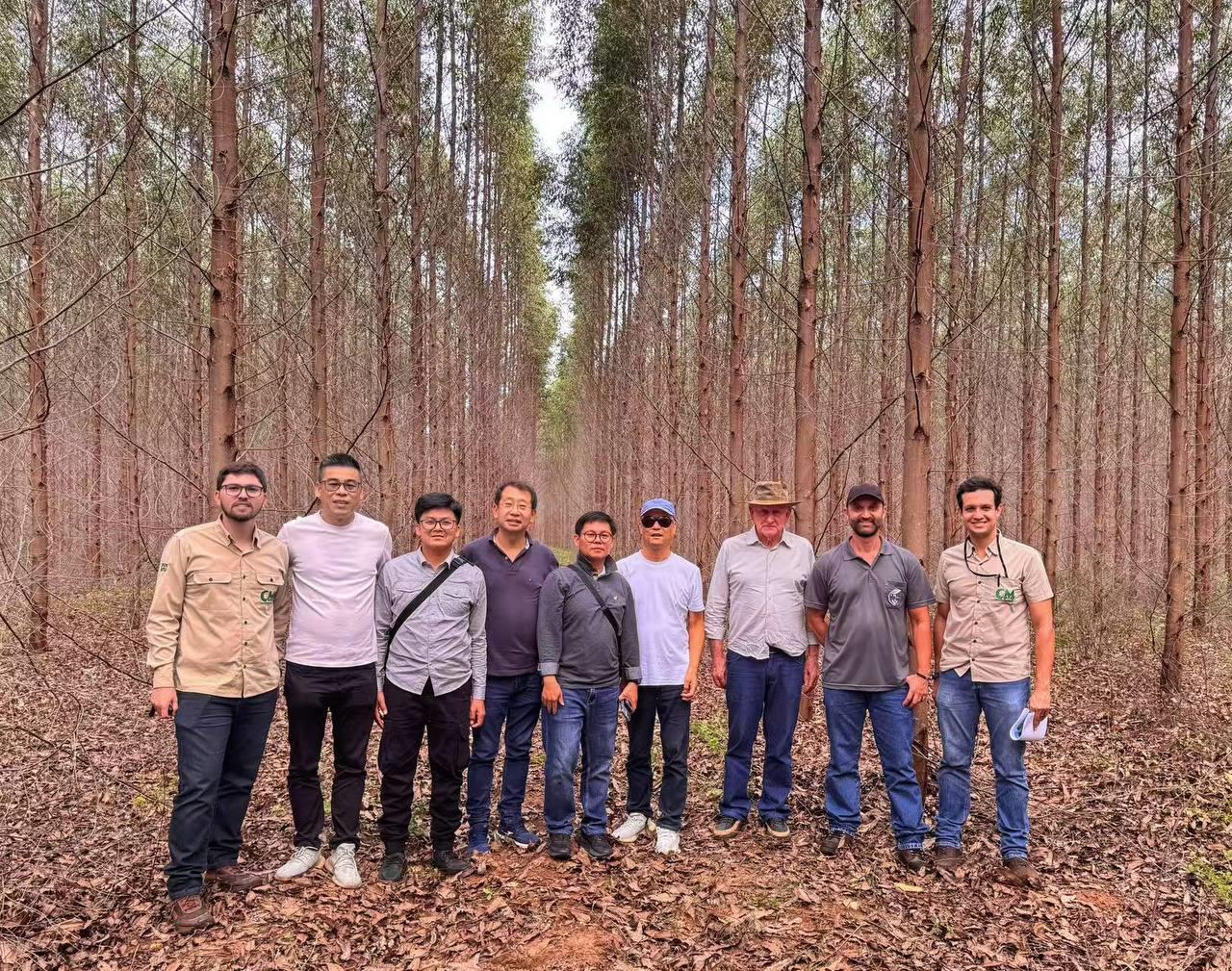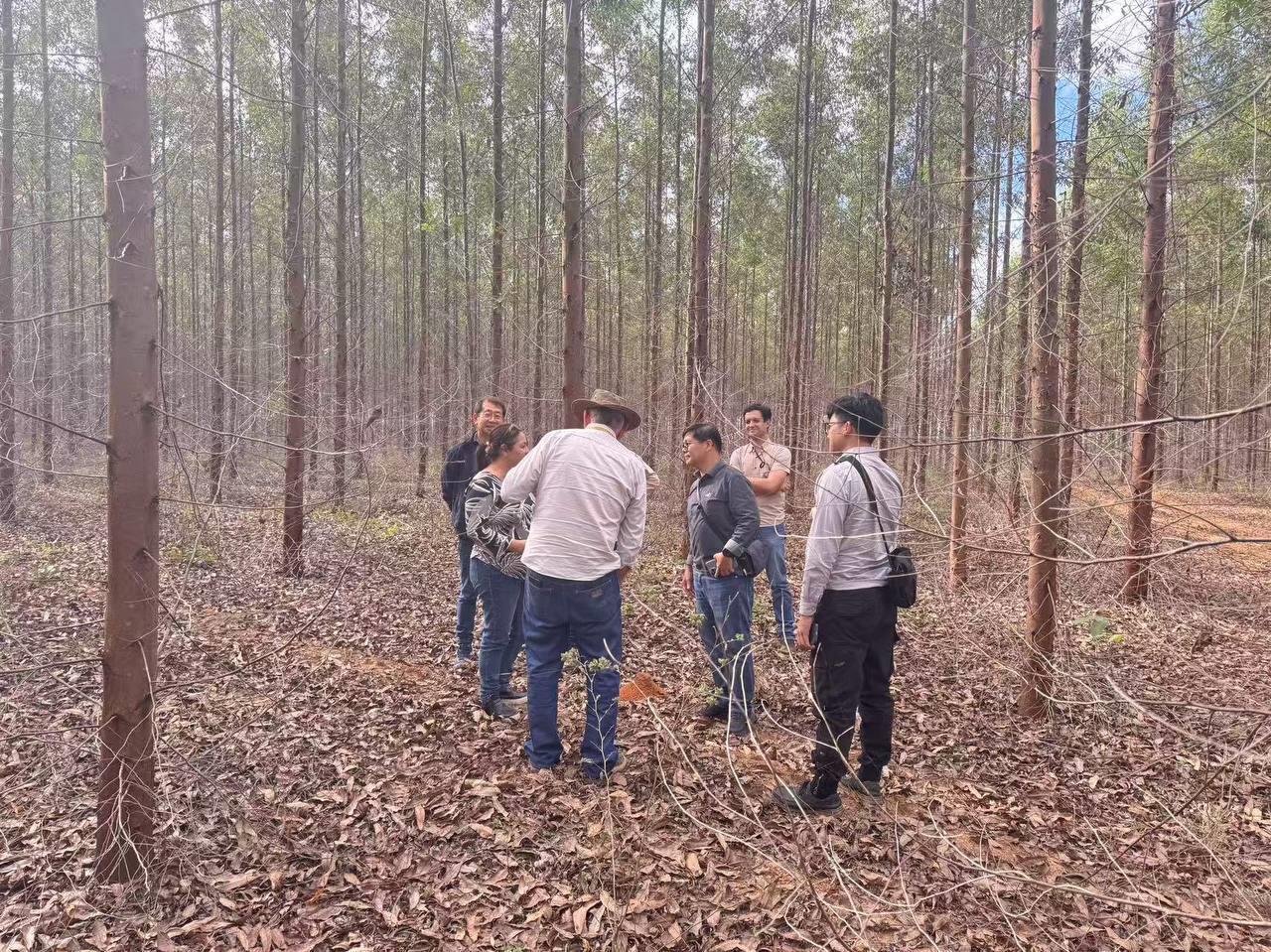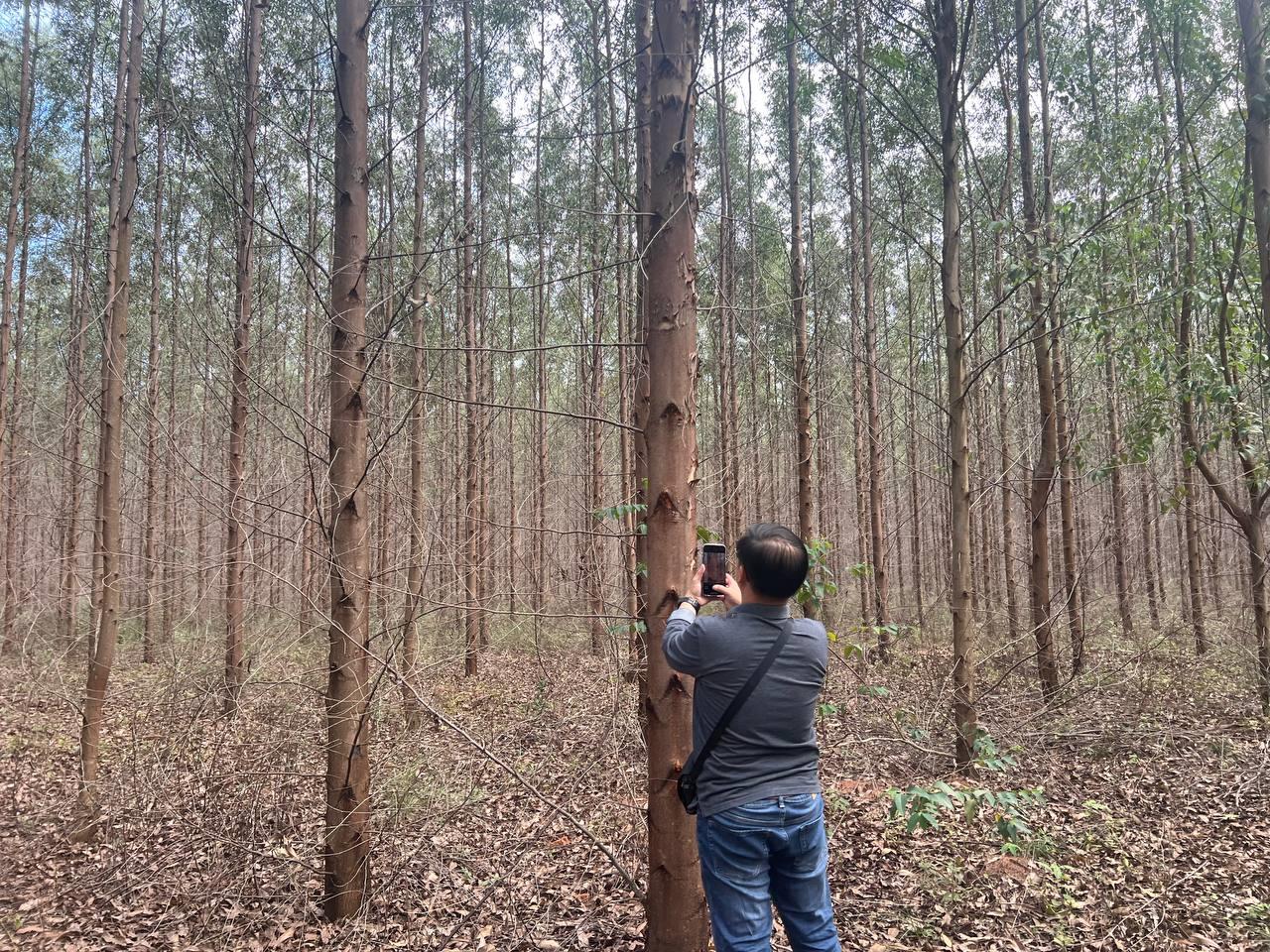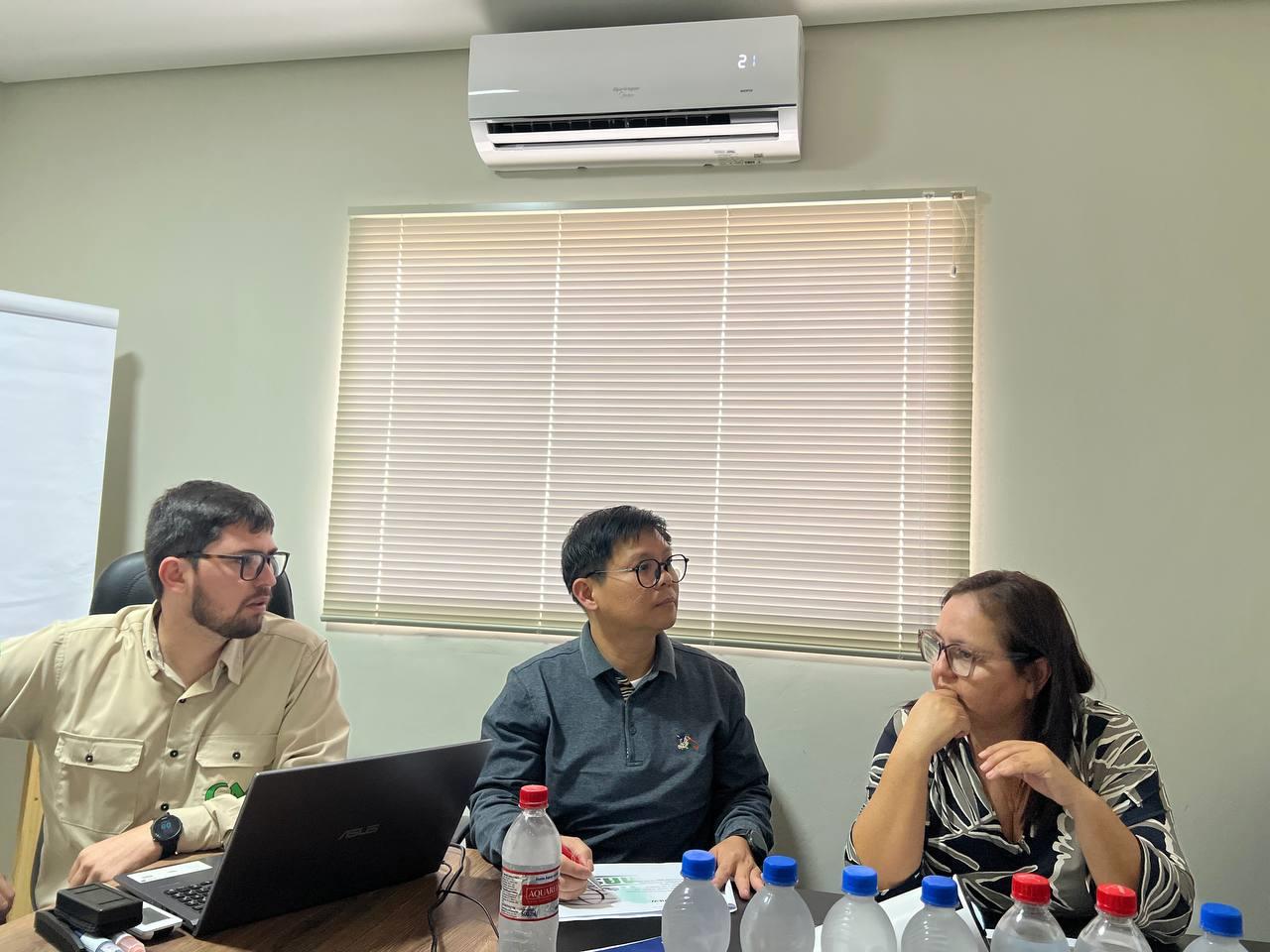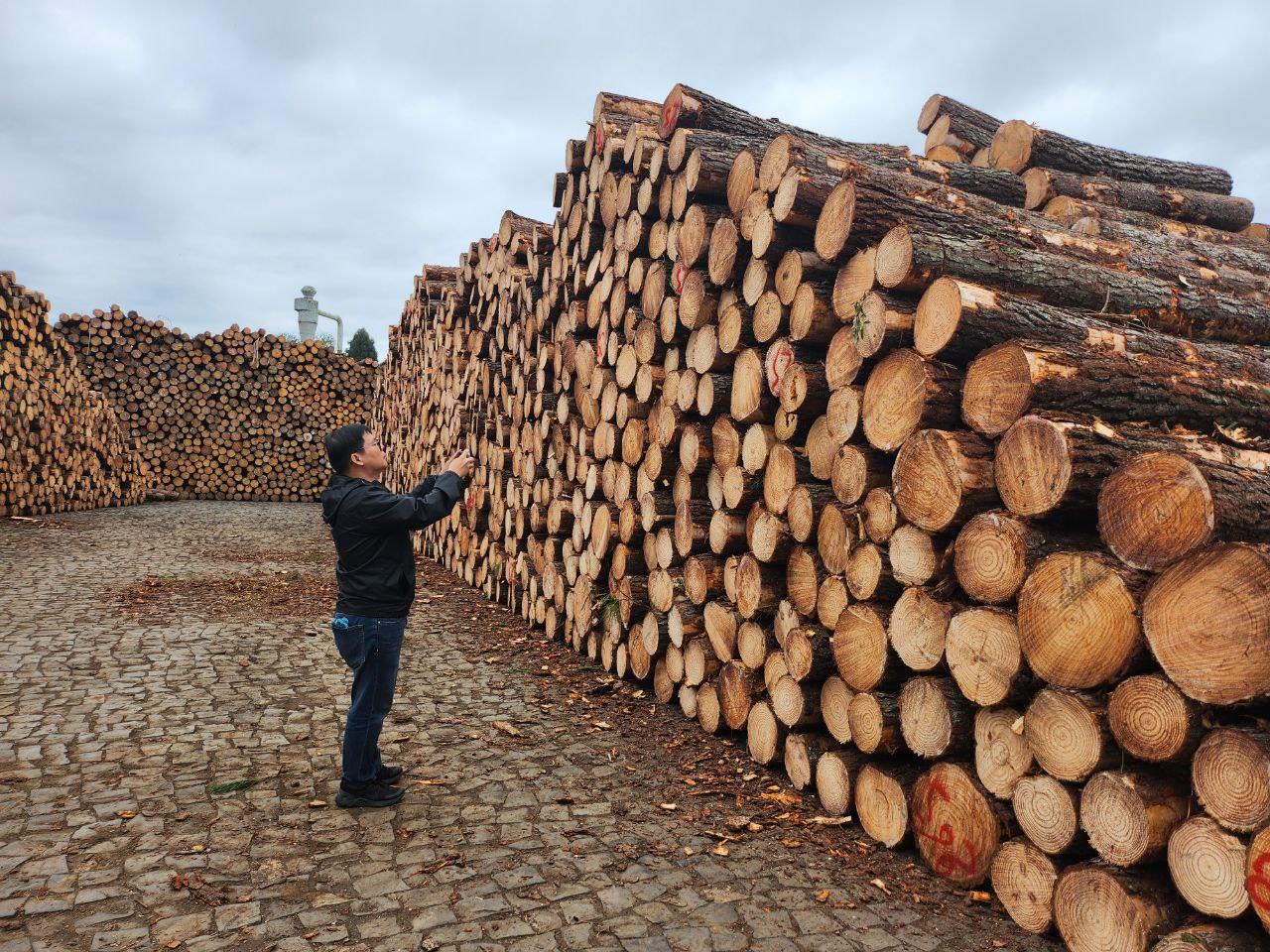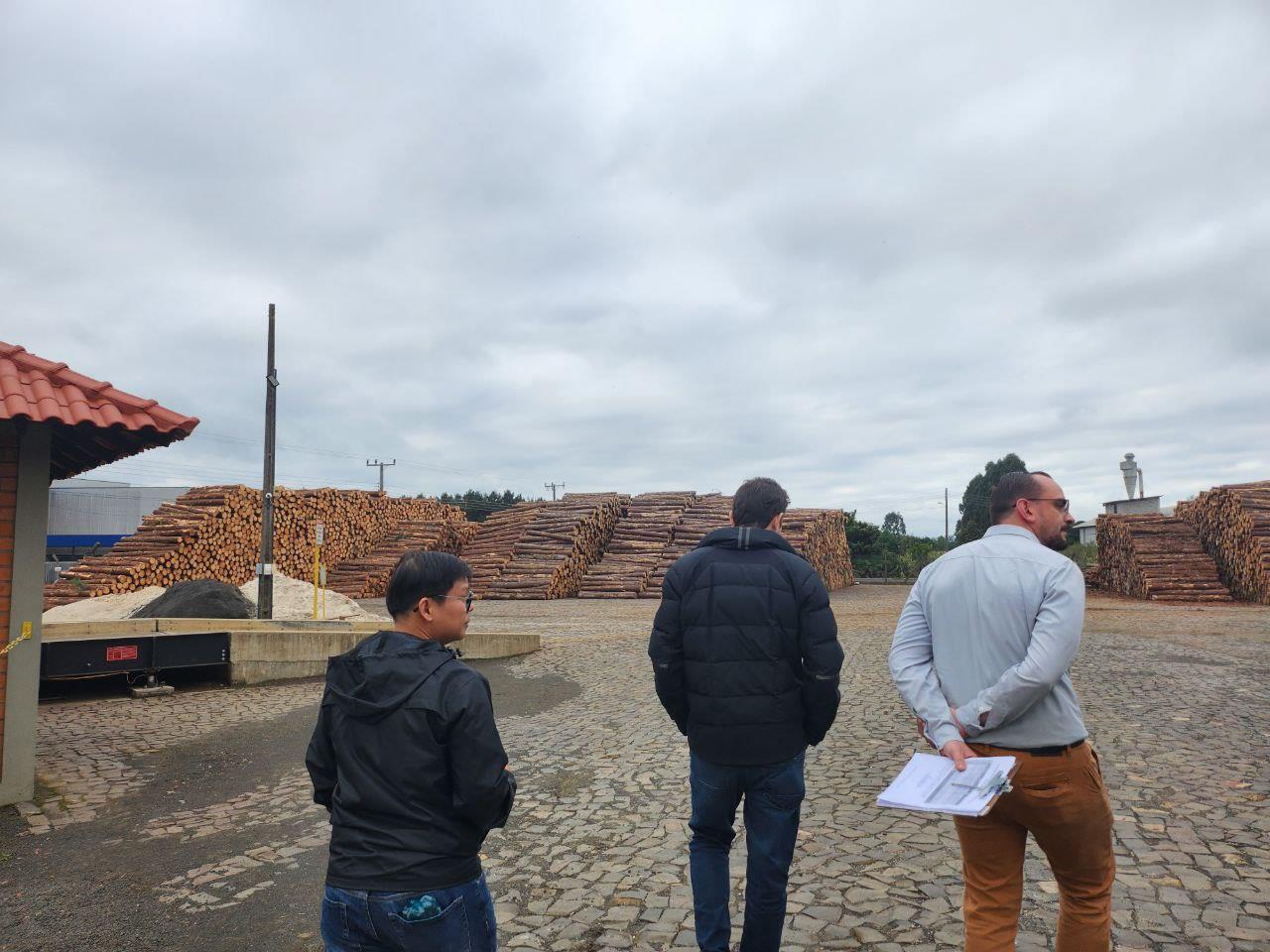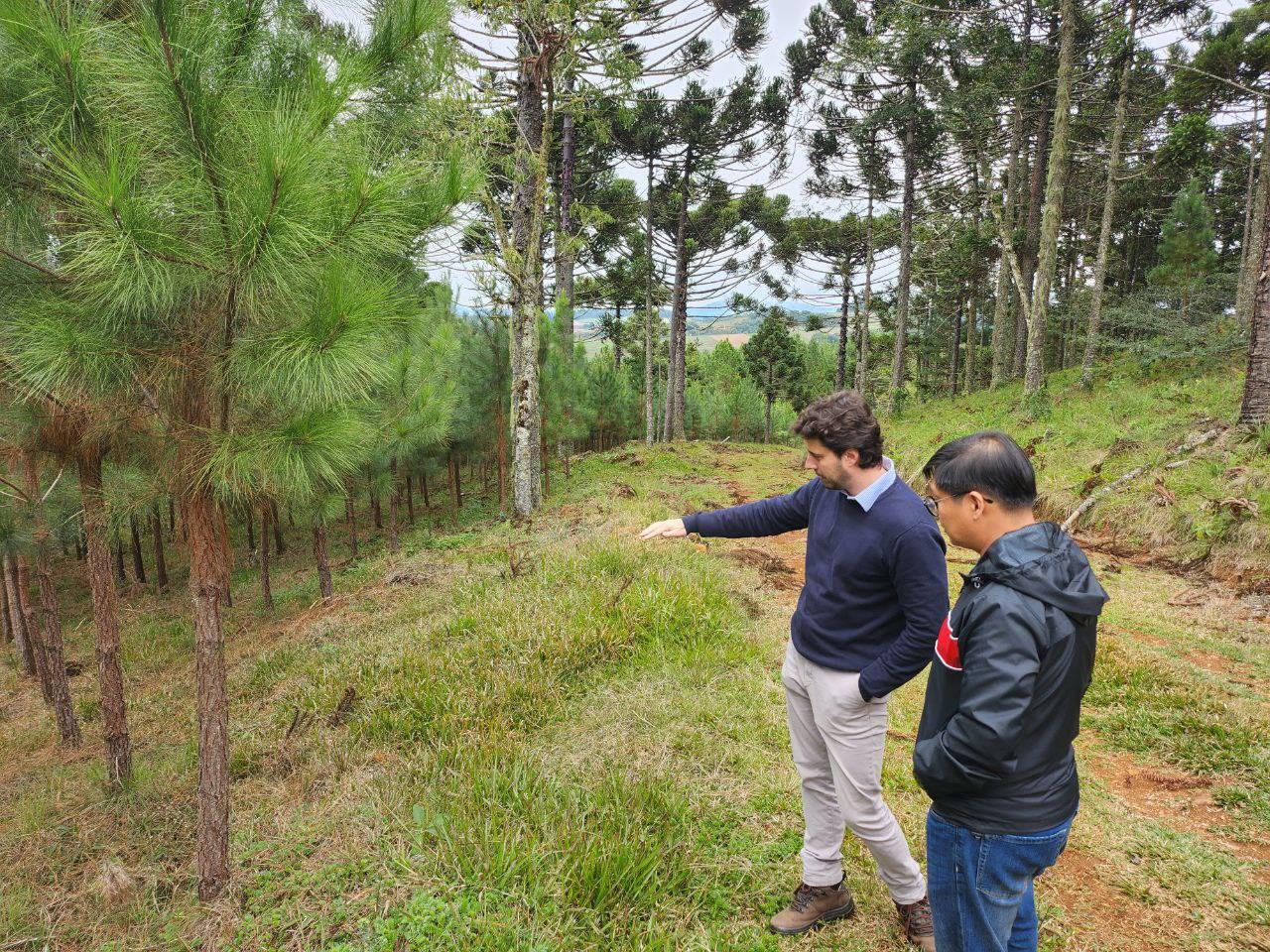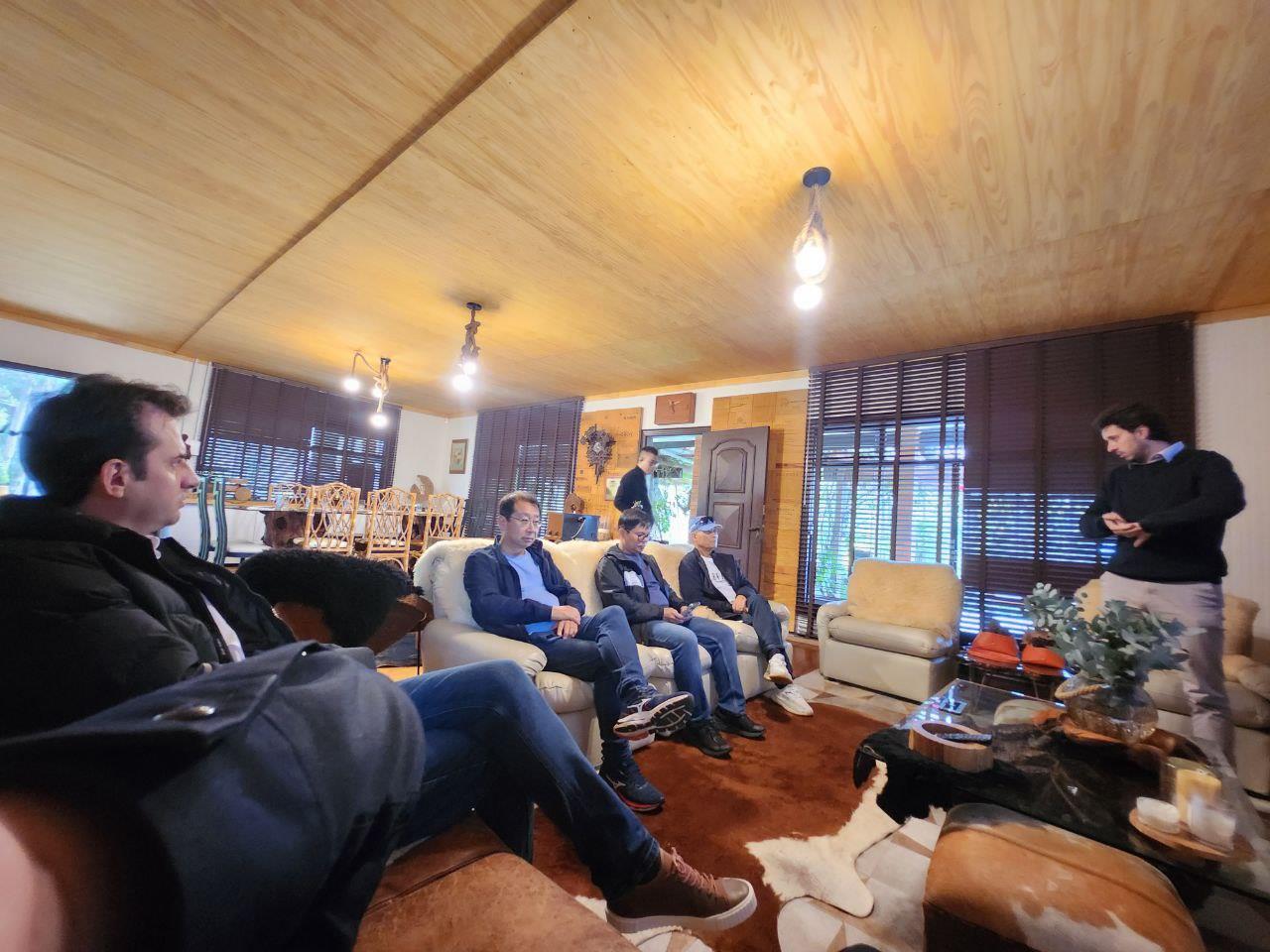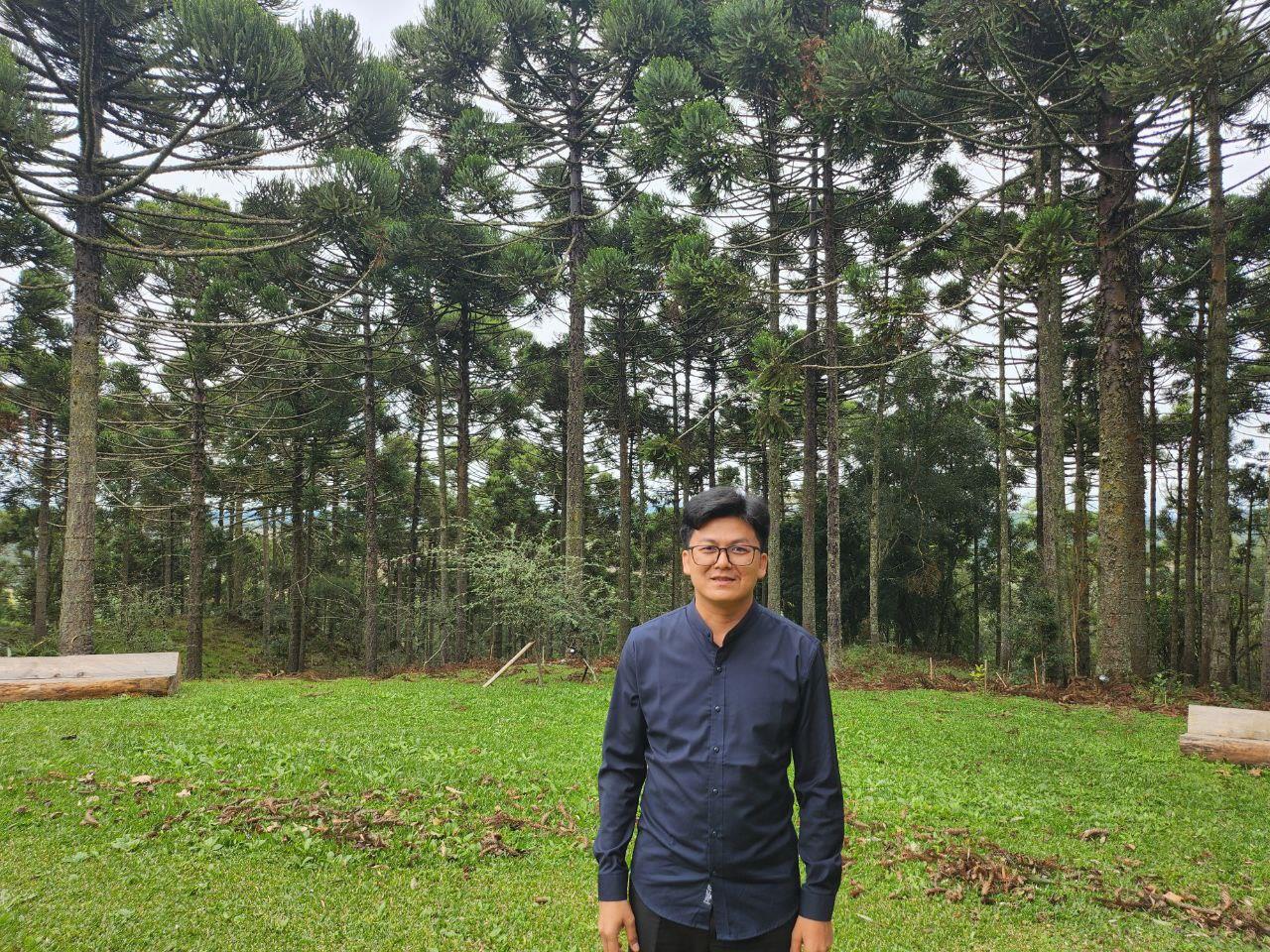(Phnom Penh): Cambodian economist Ky Sereyvath urged the Royal Government and investors in Cambodia to study Brazil’s experience and techniques in tree plantation, highlighting both economic and environmental benefits.
Ky Sereyvath made this recommendation after observing that Cambodia has vast areas of unused land which could be transformed into productive assets. These include degraded forest areas, land reclaimed from encroachment, idle economic land concessions, unused agricultural land, community land, and vacant plots owned by citizens.
“In Brazil, tree plantation techniques are more advanced than those in Guangxi Province, China. Cambodia should adopt these practices to implement efficient tree cultivation, as the country still has many degraded forests and large tracts of fallow agricultural land that are well-suited for productive tree plantations,” Sereyvath underscored.
Ky Sereyvath recently concluded a one-week study visit to Brazil to examine the country’s tree plantation sector. He was accompanied by Pich Bunsay, Deputy Director General of Fresh News.
The visit was conducted from 11-15 May 2025, at the invitation of the Madeireira Seleme Company, to study the cultivation of pine, acacia, and eucalyptus trees in Mato Grosso do Sul State and in the city of Caçador, Santa Catarina State.
Brazil ranks as the world’s fifth-largest producer of plantation wood, following the United States, China, Russia, and Canada. In 2024, Brazil’s export value of plantation wood and wood-based products reached USD 15.7 billion, reflecting a 23.5% increase compared to 2023, according to the Brazilian Tree Industry (Ibá).
Ky Sereyvath noted that the most commonly cultivated tree species in Brazil include pine, acacia, and eucalyptus. Among these, pine and acacia trees can be harvested within just 4–5 years, whereas eucalyptus typically requires 17 to 19 years. However, despite the longer growth period, eucalyptus yields greater value and productivity.
While Cambodia does have some existing tree plantations—particularly in provinces such as Kratie and Stung Treng—these remain insufficient to support a strong wood industry. The sector continues to face various challenges that hinder its full development.
According to Ky Sereyvath’s research, Cambodia also imports plantation wood products from Brazil to meet domestic market demand—especially for the production of furniture and floor tiles for export.
=FRESH NEWS
